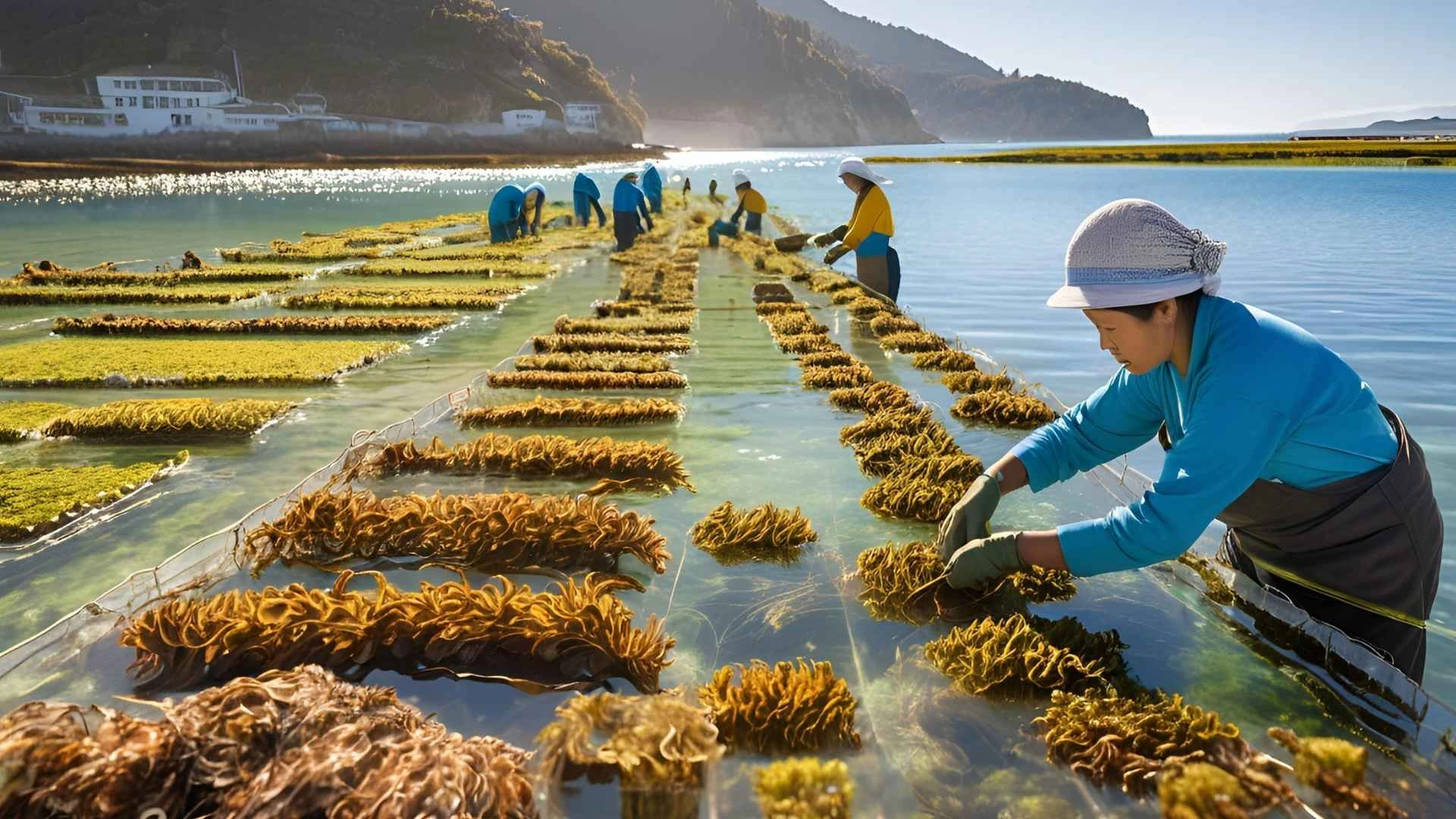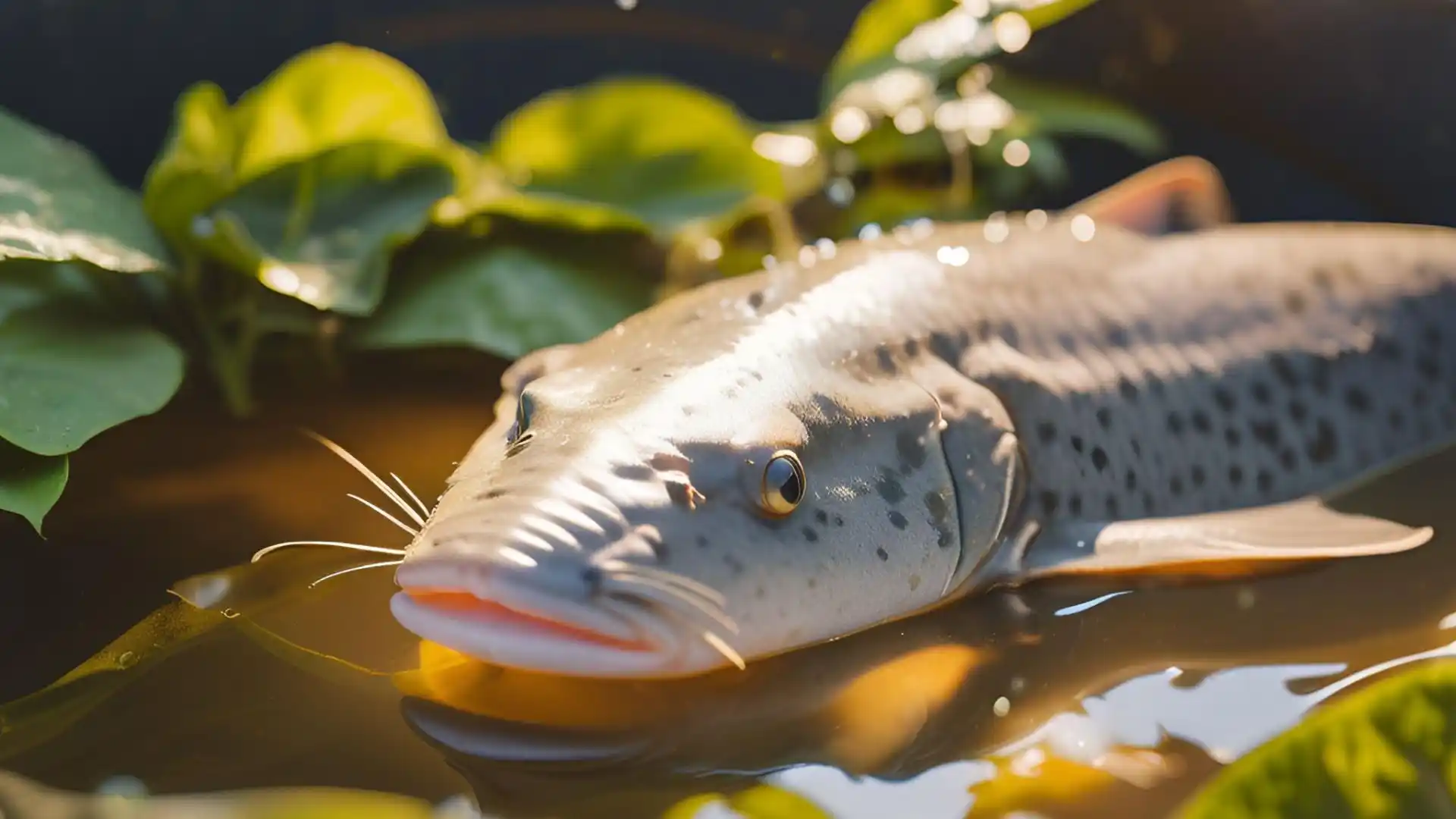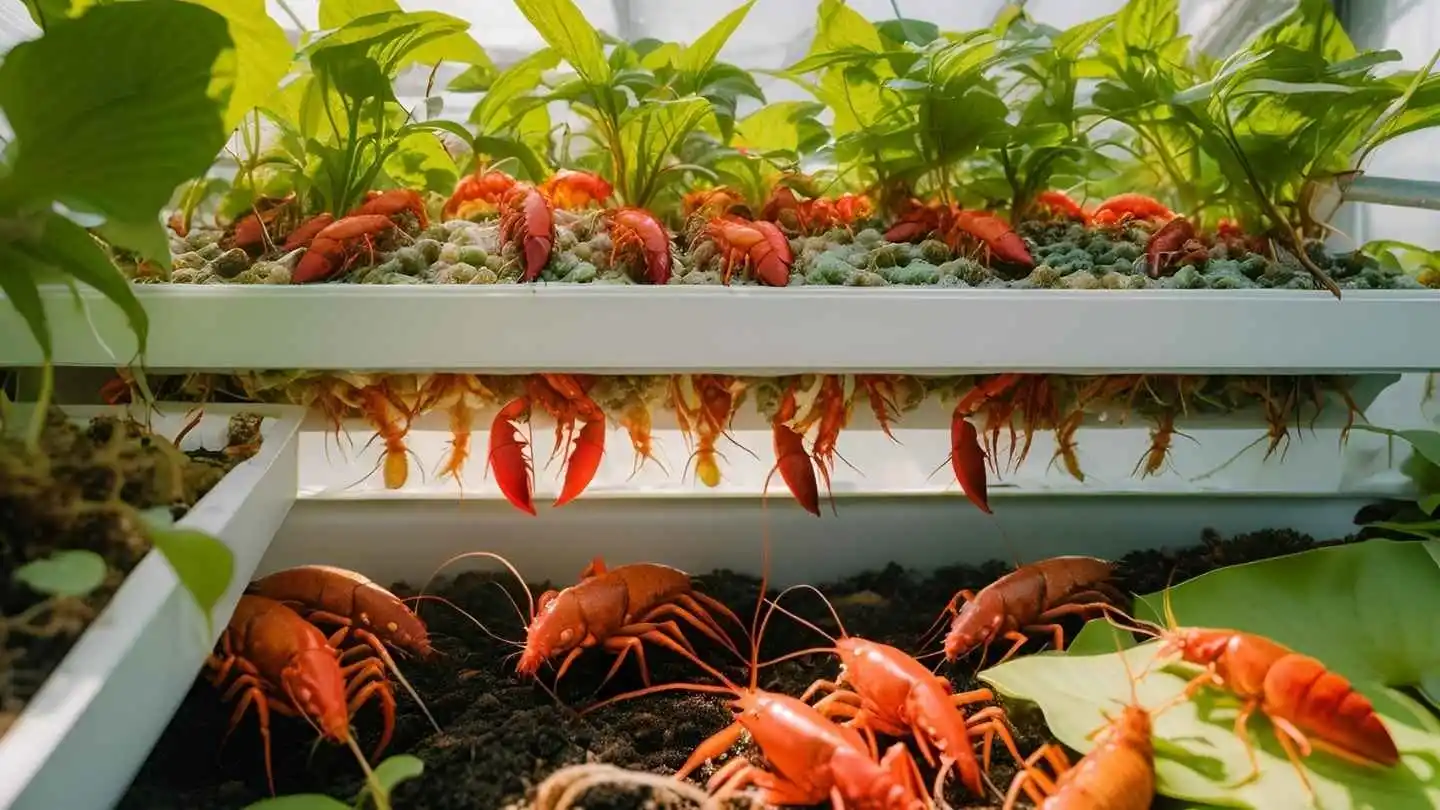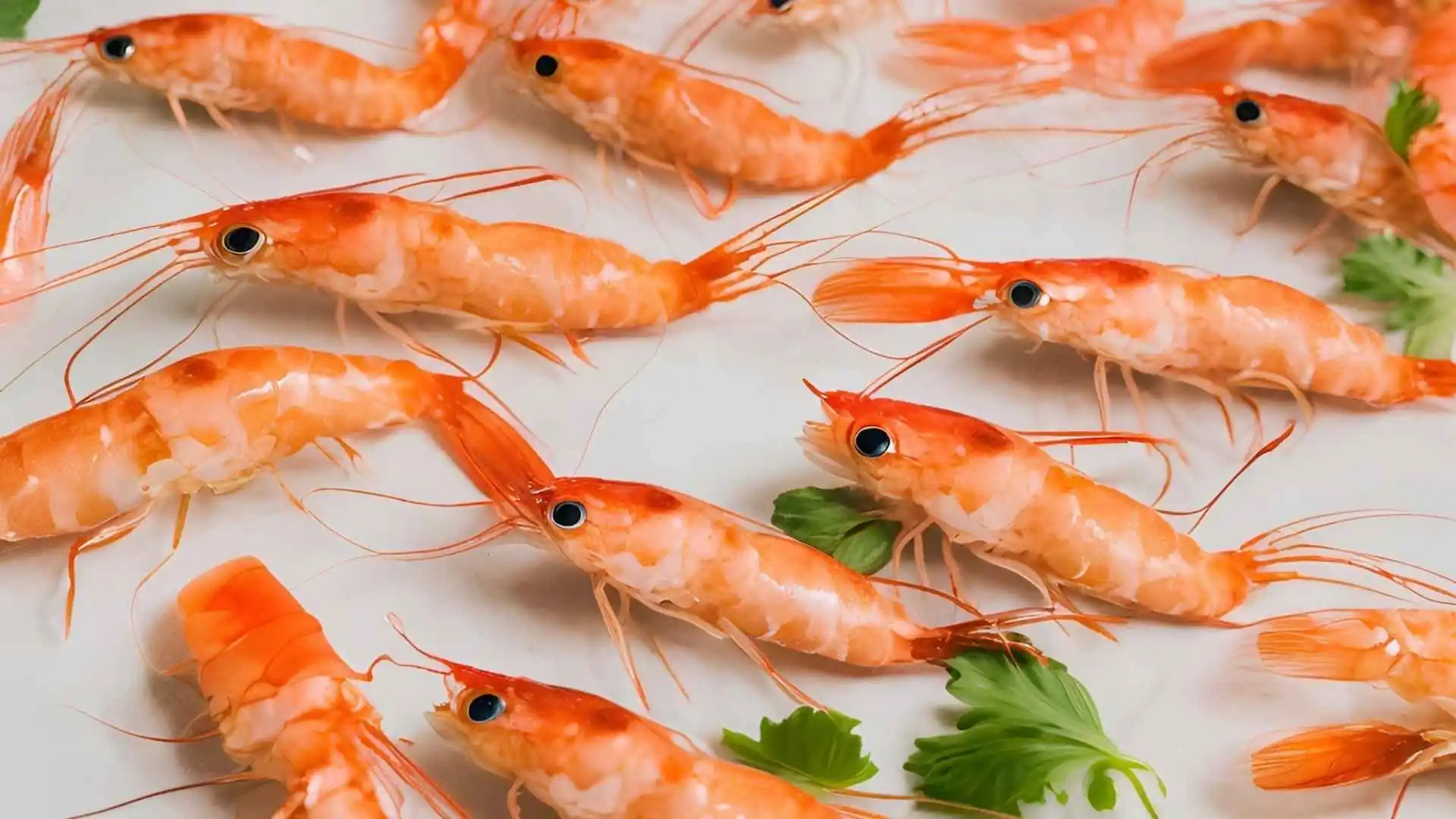An In-Depth Explanation of Mariculture that You Should Know
Mariculture, also referred to as marine farming, has become an increasingly important method for producing seafood in a sustainable manner. This practice involves the cultivation of marine organisms, such as fish, shellfish, and seaweed, in their natural marine habitats—seas, oceans, or estuaries.
With the growing global demand for seafood and the depletion of wild fish stocks, mariculture offers a viable solution to provide marine products without overexploiting natural resources.
In this article, we will define mariculture, examine its role in modern aquaculture, and discuss its advantages in promoting sustainable fisheries and marine ecosystem management.
Contents
- 1 What is Mariculture? Understanding the Basics
- 2 The Importance of Mariculture in Modern Aquaculture
- 3 Advantages of Mariculture for Sustainable Fisheries
- 4 The Environmental Benefits of Mariculture
- 5 Economic Impacts of Mariculture on Local Communities
- 6 Function of Mariculture in Marine Ecosystem Management
- 7 Key Techniques and Methods in Mariculture
- 8 Challenges in Mariculture and How to Overcome Them
- 9 The Future of Mariculture: Trends and Innovations
- 10 How Mariculture Contributes to Global Food Security
- 11 Fishery FnB Tech is a Solution to Help Your Aquaculture Business
- 12 Conclusion
- 13 Frequently Asked Questions
What is Mariculture? Understanding the Basics
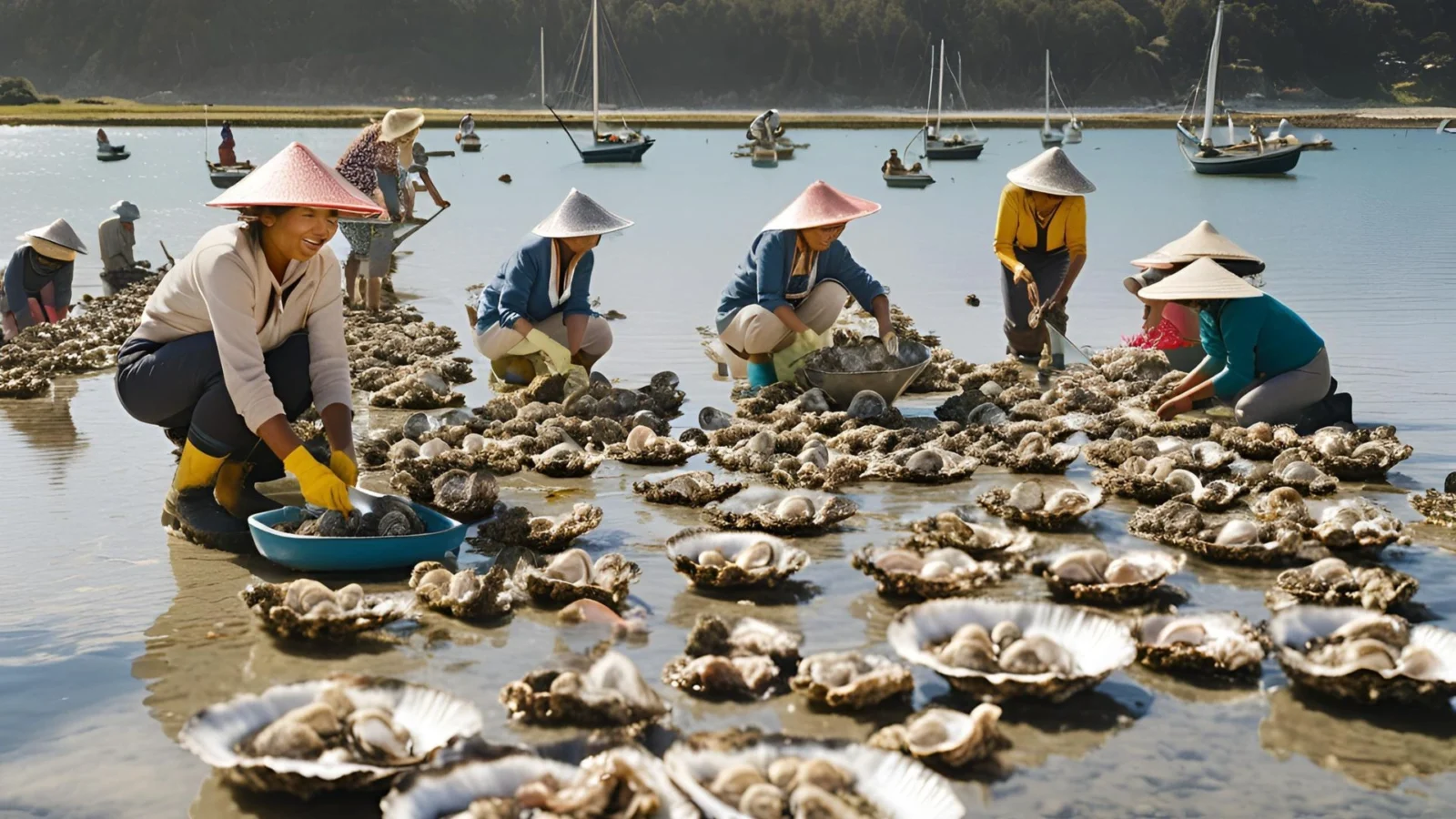
Mariculture, or marine farming, refers to the cultivation of marine organisms in controlled environments within the ocean, seas, or estuaries. Unlike traditional agriculture that relies on freshwater environments, it takes advantage of the marine ecosystem, which is rich in nutrients and offers a suitable environment for a variety of organisms.
This practice involves farming species such as fish, shellfish, and seaweed for various purposes, including food production, biofuel, and even pharmaceutical uses. It is a vital part of the aquaculture industry, offering a sustainable and efficient alternative to wild-caught seafood, which is increasingly under pressure from overfishing.
The Importance of Mariculture in Modern Aquaculture
In today’s world, the need for sustainable seafood production has never been more critical. Mariculture plays a central role in modern aquaculture by addressing the growing demand for seafood while reducing the strain on wild fish populations. By cultivating marine species in controlled environments, this practice offers a more sustainable alternative to traditional wild fisheries.
Moreover, it supports the aquaculture industry by diversifying the types of species that can be farmed, from shellfish to finfish and even seaweed. This diversification not only increases production capacity but also provides a wider range of products to meet consumer demand, contributing significantly to global food security.
Advantages of Mariculture for Sustainable Fisheries
Mariculture offers numerous advantages, especially in promoting sustainability within the fisheries industry. By farming marine organisms in controlled environments, it helps reduce the pressure on wild fish populations, which are often overexploited. This practice allows for consistent and reliable production of seafood, ensuring a steady supply without depleting natural resources.
Additionally, it contributes to the restoration of ecosystems by farming species that can enhance biodiversity, such as shellfish, which filter water and improve water quality. It also provides a more efficient use of space compared to traditional land-based agriculture, utilizing ocean areas that would otherwise remain untapped.
The Environmental Benefits of Mariculture
Mariculture offers several environmental benefits that contribute to the health of marine ecosystems. One of the key advantages is that it can help restore biodiversity. Species such as shellfish and seaweed play a crucial role in improving water quality by filtering pollutants and providing habitats for other marine life.
Furthermore, mariculture operations are generally more sustainable than traditional fishing, as they avoid overfishing and reduce the environmental degradation caused by commercial fishing methods, such as trawling. By cultivating marine organisms in controlled settings, marine farming reduces habitat destruction and supports the overall balance of marine ecosystems.
Economic Impacts of Mariculture on Local Communities
Mariculture has significant economic benefits, particularly for coastal communities. By creating job opportunities in fish farming, shellfish cultivation, and seaweed production, it provides a sustainable income source for many people in rural and coastal areas.
These communities benefit not only from direct employment but also from related industries, such as transportation, equipment manufacturing, and food processing.
Additionally, mariculture boosts local economies by promoting seafood exports, which can drive national economic growth. It provides a viable alternative to traditional fishing, helping to diversify income streams and reduce the financial risks associated with overfishing and declining wild fish stocks.
Function of Mariculture in Marine Ecosystem Management
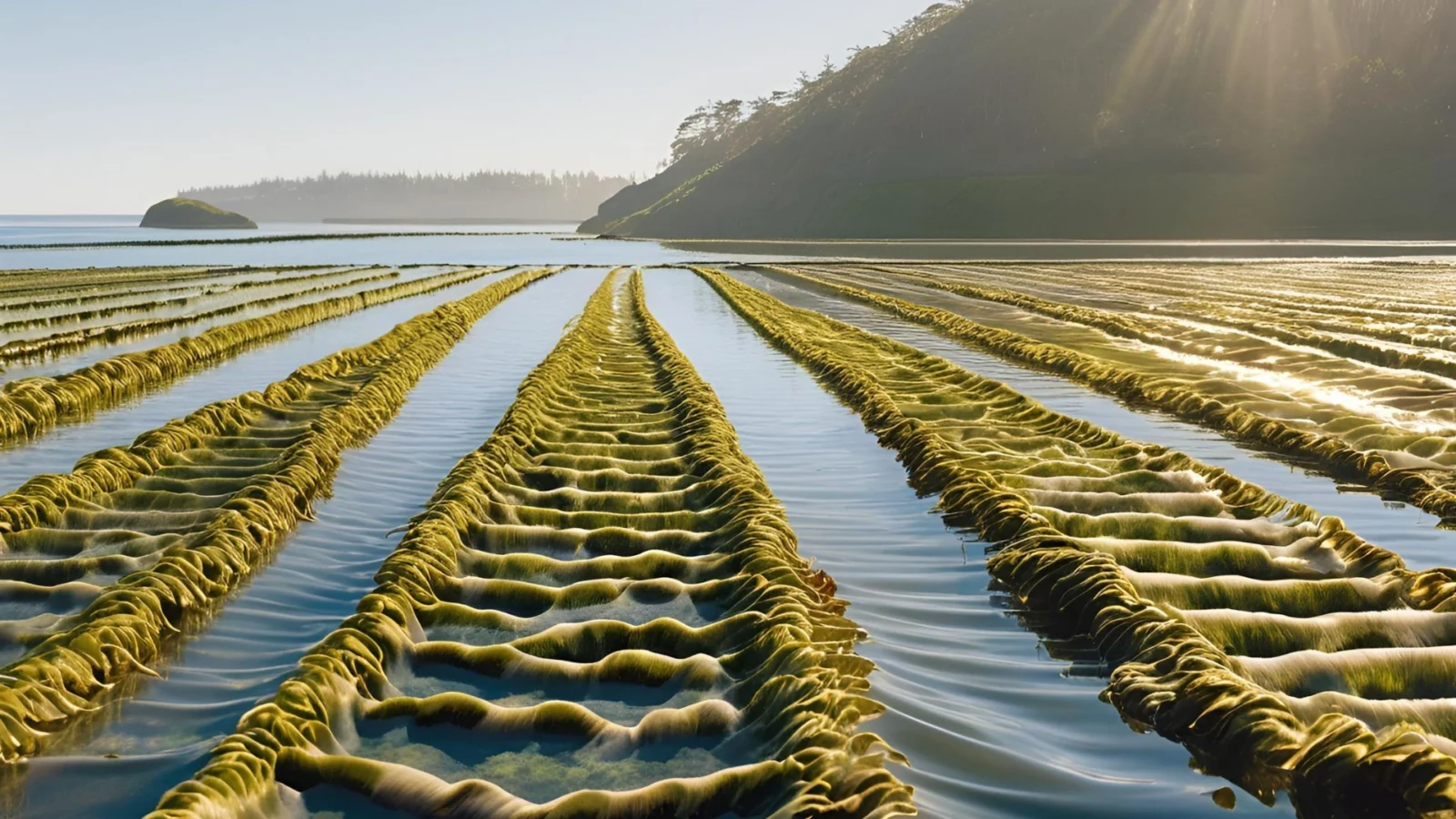
Mariculture plays a critical role in managing marine ecosystems by supporting biodiversity and ecosystem services. By farming species such as shellfish, which naturally filter water, it helps maintain water quality and promotes the health of aquatic environments.
Moreover, mariculture can assist in ecosystem restoration efforts by cultivating species that contribute positively to the marine habitat. For example, seaweed farms help sequester carbon, acting as natural carbon sinks, while fish farms in specific regions can help reduce the pressure on overexploited wild fish populations.
Key Techniques and Methods in Mariculture
Several techniques and methods are employed in mariculture to optimize the cultivation of marine organisms while minimizing environmental impacts. These methods include the use of sea cages for farming fish, suspension systems for cultivating shellfish, and integrated multi-trophic aquaculture (IMTA), which combines different species to improve environmental sustainability.
The adoption of recirculating aquaculture systems (RAS) and offshore farming techniques also allows mariculture to thrive in more remote, deep-water locations, reducing the risks associated with pollution and ensuring better management of marine resources. These innovative approaches help improve production efficiency and sustainability, ensuring the growth of marine farming as a viable industry for the future.
Challenges in Mariculture and How to Overcome Them
While mariculture offers numerous benefits, it also faces several challenges that need to be addressed for its continued growth. One of the primary concerns is environmental pollution, as waste from farms can contaminate surrounding waters if not properly managed. To overcome this, the implementation of advanced filtration systems and environmentally friendly waste management practices is essential.
Another challenge is disease control. In densely stocked marine farms, the risk of disease outbreaks is higher. However, innovative solutions such as biosecurity measures, the use of disease-resistant species, and improved farming techniques can help mitigate these risks.
Lastly, climate change poses a significant threat to mariculture by altering ocean temperatures and affecting marine ecosystems. The industry must adapt by investing in climate-resilient species and sustainable farming practices to ensure long-term viability.
The Future of Mariculture: Trends and Innovations
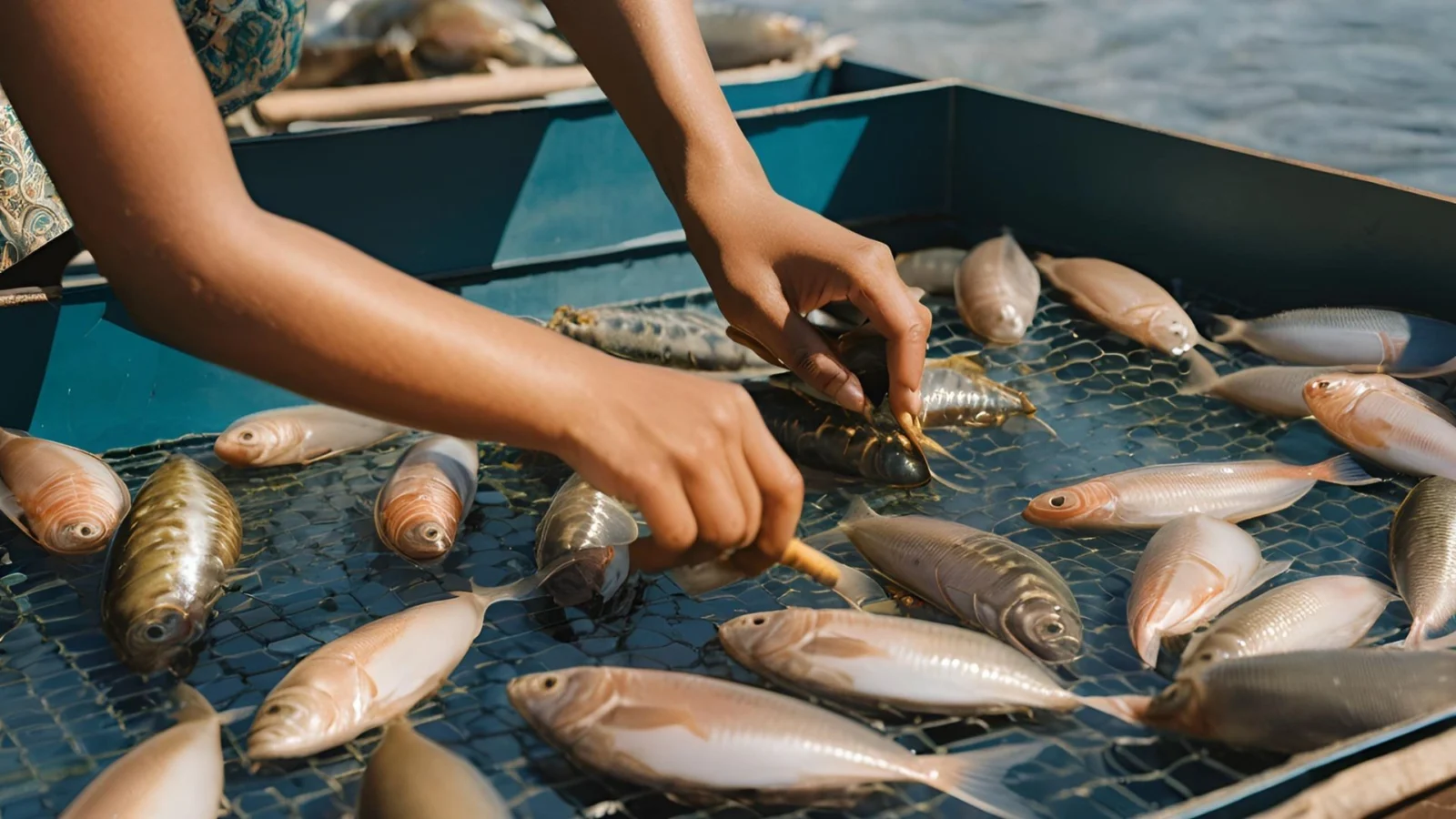
The future of mariculture is bright, with several trends and innovations shaping its development. One key trend is the increasing adoption of sustainable farming practices, driven by growing consumer demand for environmentally responsible seafood.
Innovations in offshore farming and automated technologies are also transforming the industry, allowing for more efficient and cost-effective production while reducing environmental impacts.
Furthermore, aquaculture breeding technologies are advancing, enabling the cultivation of more resilient and disease-resistant species. As marine farming continues to evolve, it is expected to play an even more significant role in meeting global seafood demand while contributing to marine conservation efforts and promoting food security.
How Mariculture Contributes to Global Food Security
Mariculture plays a vital role in ensuring global food security by providing a sustainable and reliable source of seafood. As wild fish stocks continue to decline due to overfishing, it offers an alternative that can meet the growing demand for marine products without depleting natural resources.
By expanding mariculture practices, we can increase seafood production to feed a growing global population while minimizing the environmental impact. Additionally, it helps to diversify sources of food, making the global food system more resilient to shocks caused by climate change or supply chain disruptions.
As the demand for sustainable and nutritious food increases, mariculture will be a key contributor to achieving food security worldwide.
Fishery FnB Tech is a Solution to Help Your Aquaculture Business
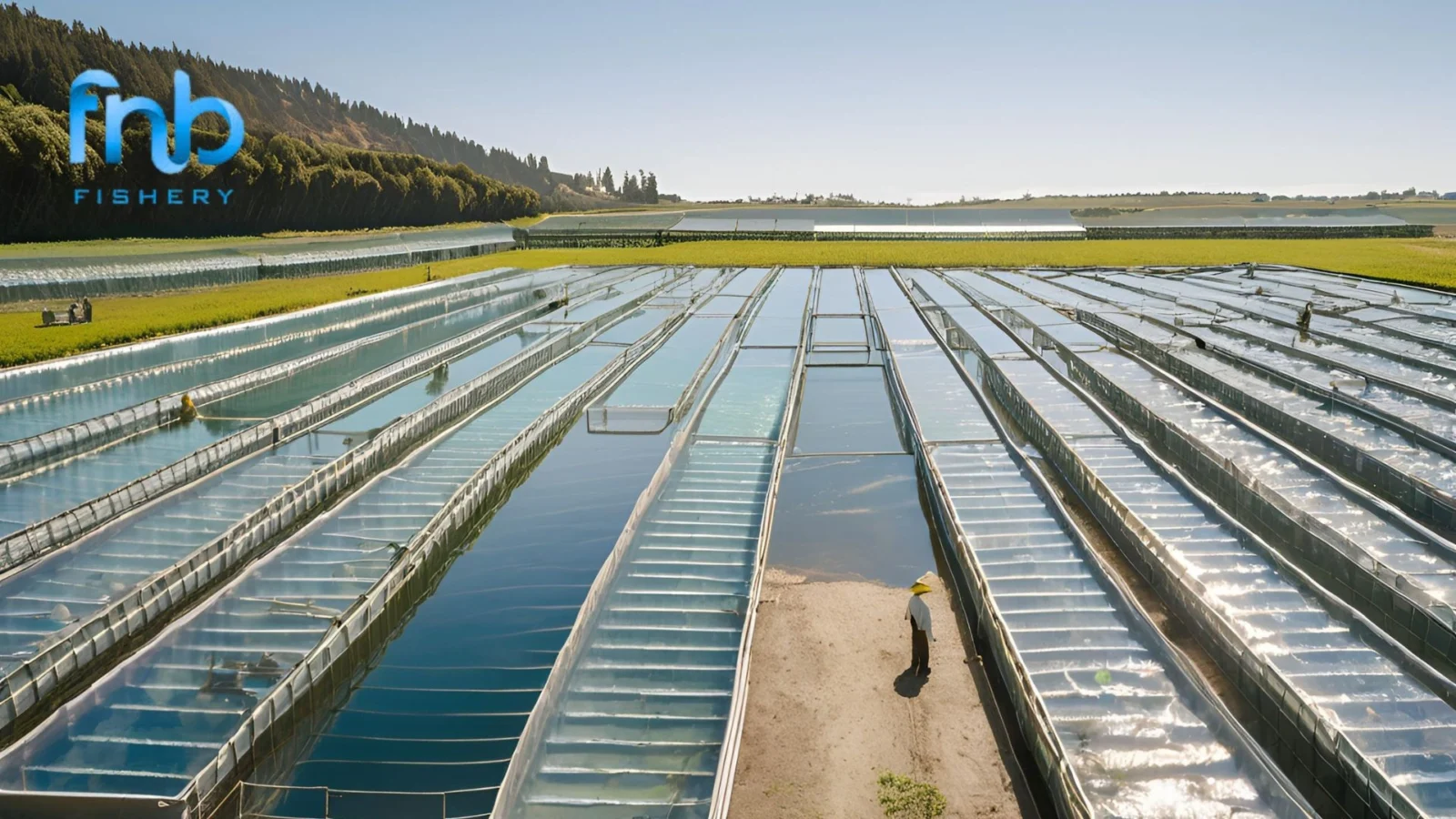
To fully realize the potential of mariculture, integrating Fishery FnB Tech into your aquaculture business can provide the technological edge needed for success. With advanced solutions designed to optimize production, manage resources effectively, and ensure sustainability, Fishery FnB Tech supports marine farming operations by streamlining processes and enhancing efficiency.
From automated feeding systems to real-time monitoring of water quality, these technologies help improve productivity while reducing environmental impact. By leveraging innovation and technology, mariculture businesses can grow sustainably, increase profitability, and contribute to global food security.
Take your aquaculture business to the next level with Fishery FnB Tech. For more information or to book a land rental for your mariculture project, simply click Contact.
Conclusion
Mariculture is playing an increasingly vital role in modern aquaculture, offering sustainable and innovative solutions to meet the global demand for seafood. By farming marine organisms in controlled environments, it helps reduce the strain on wild fish populations, supports biodiversity, and contributes to the health of marine ecosystems.
Additionally, it provides economic benefits to local communities and plays a key role in ensuring food security worldwide.
As the industry grows and adapts, marine farming will continue to be a cornerstone in the effort to create a more sustainable and resilient seafood production system. For businesses looking to thrive in this industry, adopting advanced technologies and solutions is essential.
Fishery FnB Tech offers a range of solutions to help you optimize your mariculture operations.
Discover how you can enhance your mariculture business by clicking on the solution and taking your operations to the next level!
Frequently Asked Questions
What are the benefits of mariculture?
Mariculture increases seafood production, supports economic growth, reduces pressure on wild fish stocks, and enhances marine biodiversity.
What are the methods of mariculture?
Mariculture methods include open-water farming using cages or pens and land-based systems like ponds, tanks, or recirculating aquaculture systems (RAS).
What are the key techniques of mariculture?
Key techniques include selective breeding, water quality management, sustainable feed practices, and disease control strategies.


